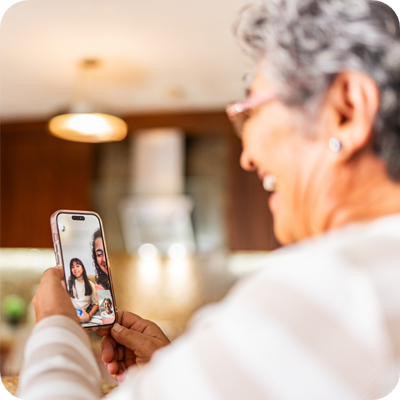
Reflecting on the future of diplomacy in the digital age
April 2023 | 3 Min Read
Table of Contents

The changes to diplomacy in recent times

The new norm in diplomacy
The pandemic changed the lives of millions of people worldwide, forcing businesses, governments, and international organisations to shift to remote platforms. The practice of meeting face to face, shaking hands and carrying out in-person diplomatic functions was replaced by virtual video conferences. Zoom, Google Meet, and other conferencing platforms became important tools for global decision-making gatherings, diplomatic meetings, and conferences, as travel became impossible or not feasible.
But with virtual meetings come pros and cons. They increase inclusion by allowing participation without being physically present, thereby safeguarding the notion of equal participation. Among the cons is the lack of physical contact or close personal interaction traditionally employed by diplomats, which is important for building trust and empathy essential for dealing with controversial and political issues. Another is not being able to read expressions, energy, and body language that are lost on the screen. There are also concerns about the security of online platforms and how diplomats can protect data and confidentiality, particularly in the context of delicate negotiations.
Hybrid, however, has now become the new normal in diplomacy. In addition to traditional physical and remote meetings, the emergence of hybrid meetings consists of in person and online participation, giving everyone a fair chance to talk and take part in discussions.
The use of digital tools in diplomacy
Alongside virtual decision-making, the rise of social media has functioned as a savvy communication tool for public diplomacy. Twitter and Facebook are currently the most popular e-tools used by diplomatic services globally. Other social media tools used in public diplomacy include YouTube, Flickr, LinkedIn, Pinterest, and Instagram.
Governments and embassies now rely on a tweet as a “short and sweet” press release to communicate their positions on certain policies, as well as to share news and updates in real-time. They modern diplomat has moved from lengthy report writing to crafting sensitive political messages in a few characters. A single photo or video may be more effective for public diplomacy than an official, formally-worded transcript.
The digital revolution has disrupted the ways in which the global community interacts, communicates and even exists. Diplomacy, in particular, is one area that has been clearly impacted and will continue to transform as today’s diplomats embrace emerging digital tools in many aspects of their work, including communication, policy analysis, and representation and negotiation.
There is no doubt that technology is playing a defining role in shaping the future of diplomacy. Diplomatic Services that grasp the potential and are able to harness the power of technology will have the advantage. Afterall, a world which is ever more connected is likely to need more diplomacy and not less.
Allianz – Committed to Global Health
At Allianz Partners, we have been taking care of the specific needs of Diplomatic Missions for over 50 years. Discover our Summit plans for Diplomatic Missions - International healthcare plans specifically for consulates, embassies and other attaché offices.






















